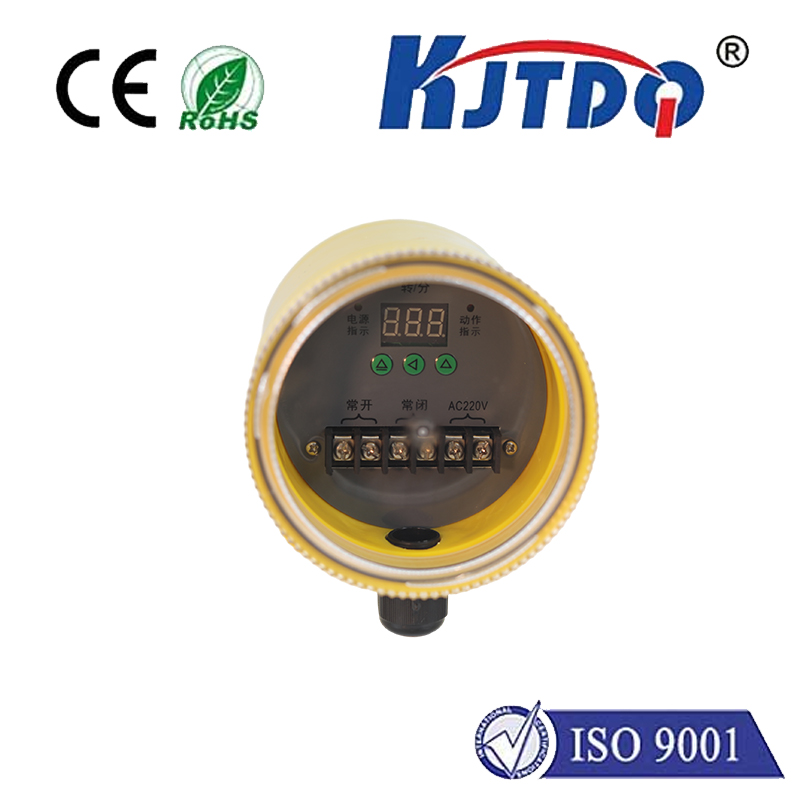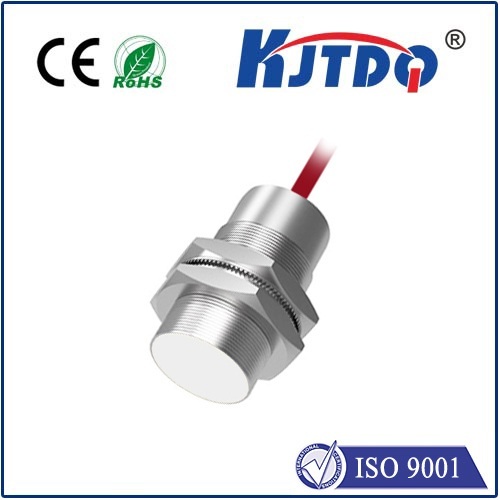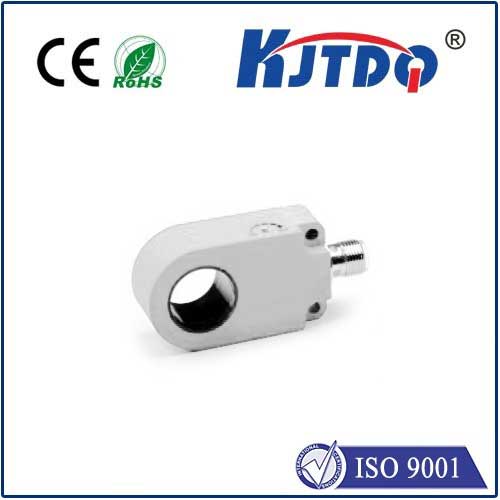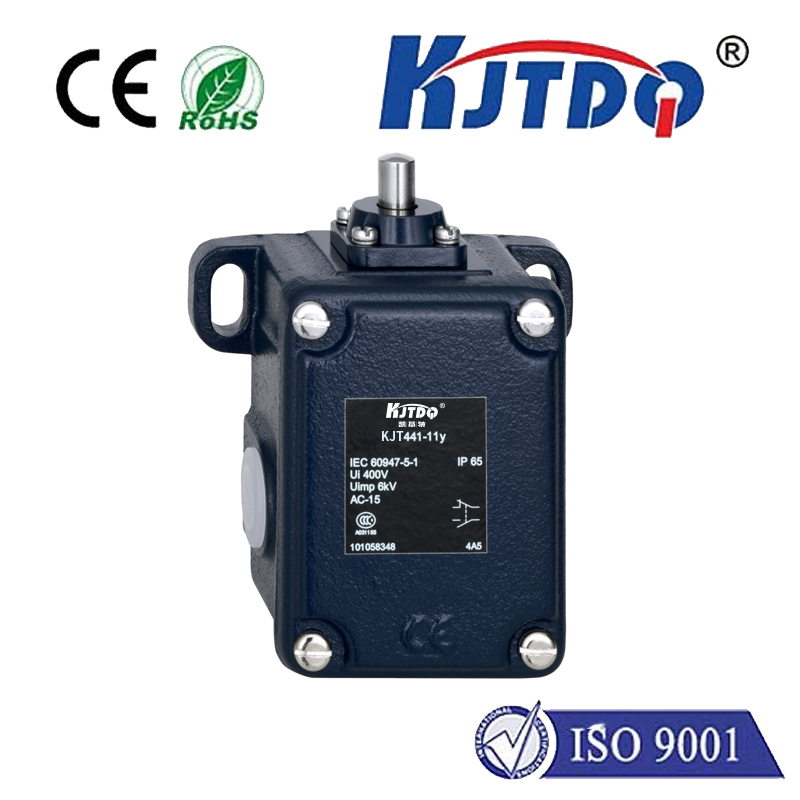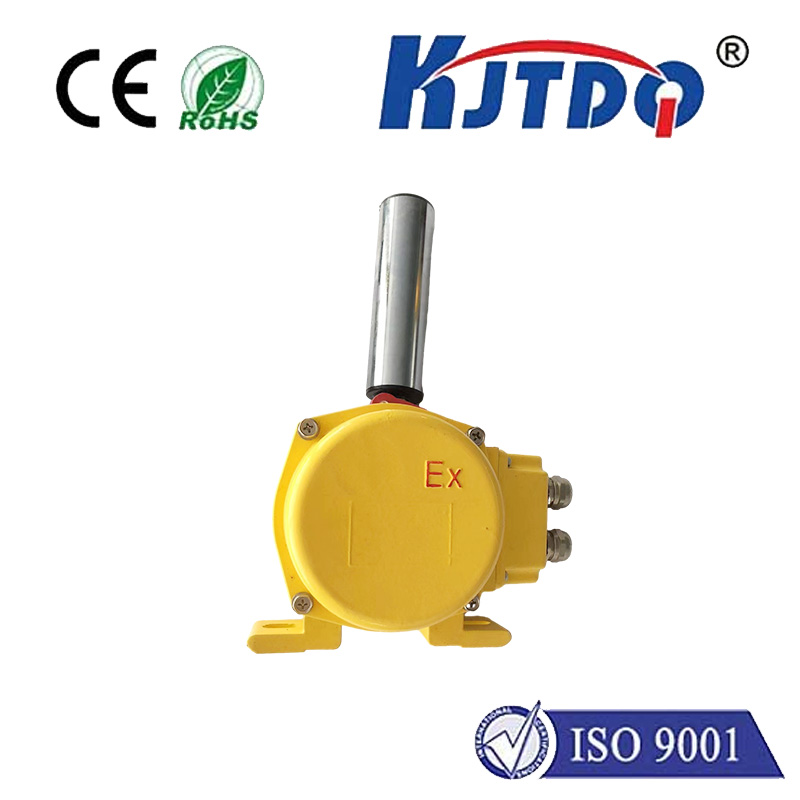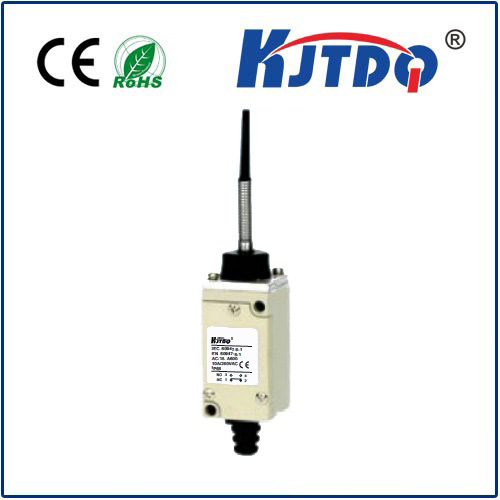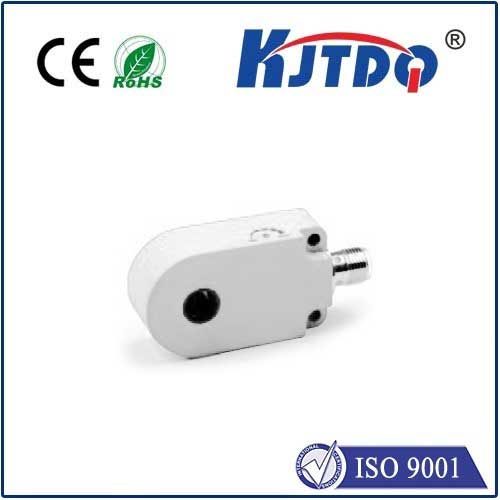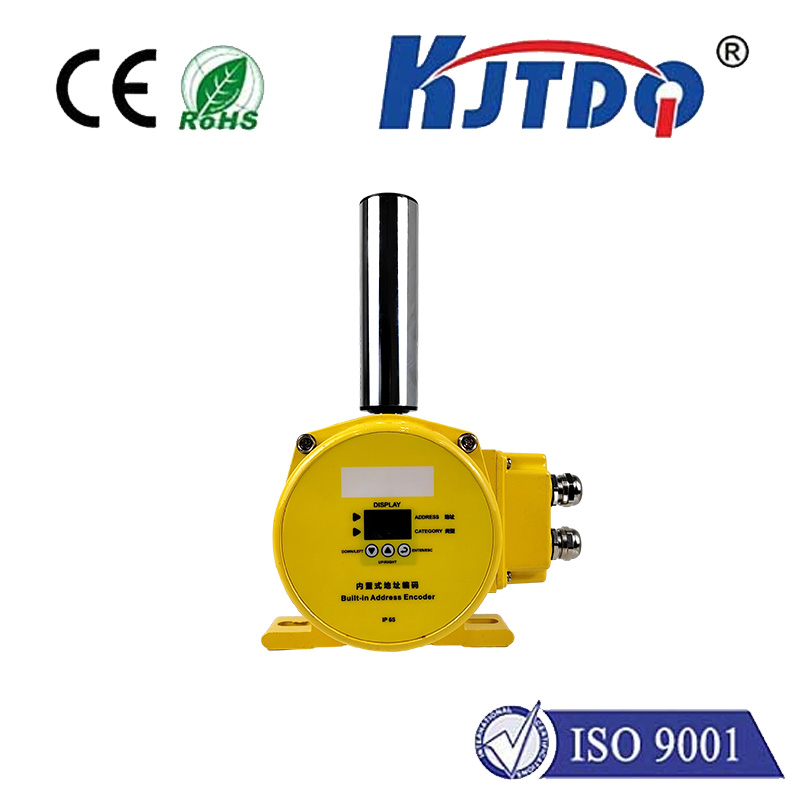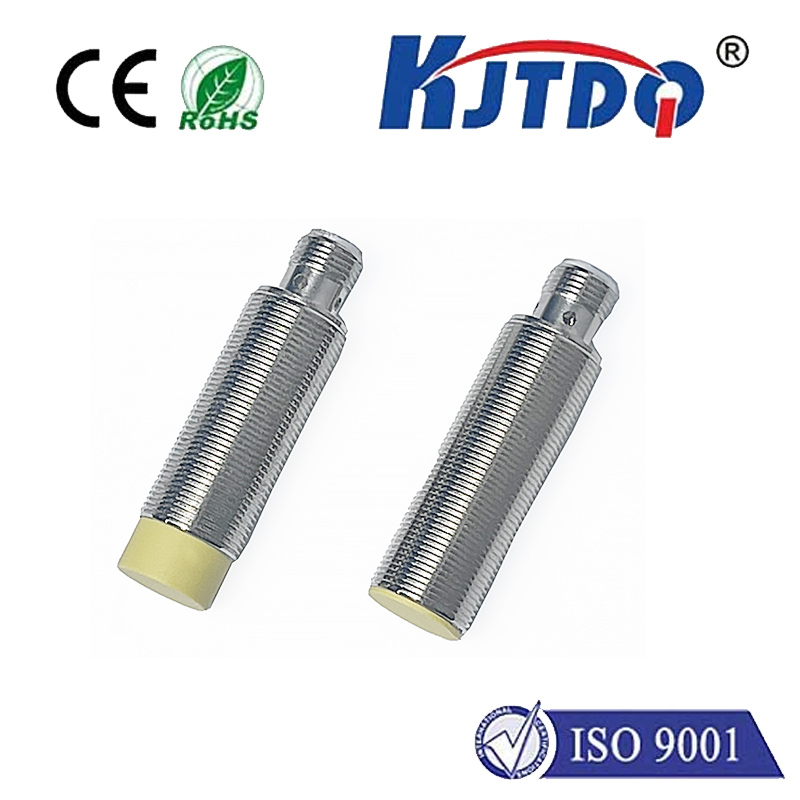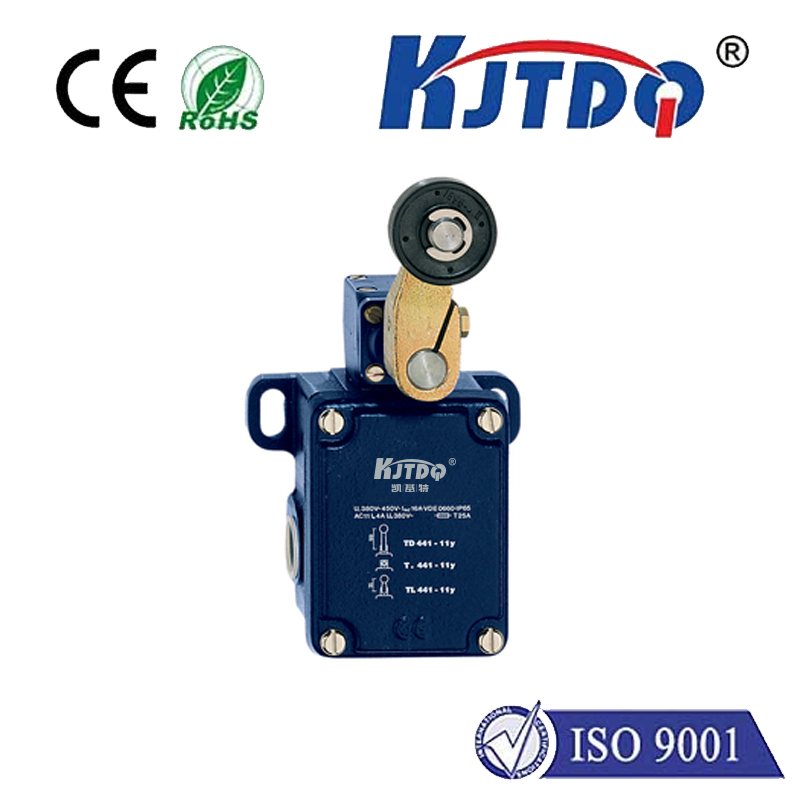

check

check

check

check
Imagine tracking the exact rotational speed of a high-performance jet engine, counting thousands of pills per minute on a pharmaceutical line, or ensuring package conveyor belts run at precise velocities. Achieving this level of accuracy consistently, reliably, and without physical wear, demands sophisticated sensing technology. Enter the photoelectric speed sensor – a cornerstone of modern automation and motion control. These devices leverage the fundamental properties of light to deliver non-contact, highly accurate measurements of rotational speed, linear velocity, and object counting, forming an invisible yet essential pulse at the heart of countless industrial processes.
At its core, a photoelectric speed sensor operates on straightforward yet powerful principles: the interruption or reflection of a light beam. Unlike mechanical tachometers requiring physical contact, photoelectric sensors offer critical non-contact measurement, eliminating friction, slip, and potential damage to sensitive components. This inherent advantage translates directly into superior durability, minimal maintenance, and the ability to measure delicate or fast-moving objects.

The fundamental operation typically involves three key components:
The magic happens when the target interacts with the light beam. Two primary configurations are prevalent:
The electrical signal generated by the photodetector requires processing. Modern photoelectric speed sensors incorporate sophisticated electronics. The raw signal, often sinusoidal or analog, is amplified, filtered to reduce noise and ambient light effects, and converted into a clean, digital output signal. This digital signal, typically a square wave pulse train or open-collector output, provides a precise representation of the target’s interruptions. Specialized circuits, sometimes within the sensor housing itself, count these pulses over a specific time interval to calculate the rotational speed (RPM) or linear velocity directly. The precision of these measurements hinges critically on the sensor’s ability to generate distinct, unambiguous pulses for each target event.
Why choose photoelectric sensing for speed measurement? The benefits are compelling:
From ensuring consistent production line speeds to safeguarding critical machinery, photoelectric speed sensors are vital. They monitor motor RPM in complex machinery, regulate conveyor speeds in logistics hubs, verify spindle speeds in CNC machining, count items on assembly lines at incredible rates, and track web tension in printing and paper handling. Their robust, non-intrusive nature makes them indispensable when accuracy, reliability, and minimal maintenance are paramount. Understanding their operation modes (through-beam vs. reflective) and signal processing capabilities is key to selecting the ideal sensor for a specific rotational speed or linear velocity application, ensuring the invisible pulse of light delivers critical motion data flawlessly. As automation demands ever-greater precision and efficiency, the role of the photoelectric speed sensor only becomes more crucial.
